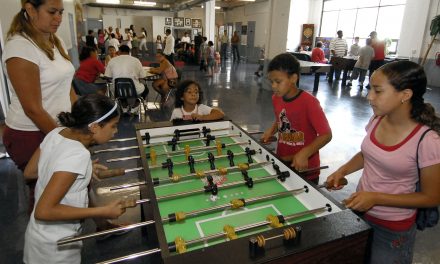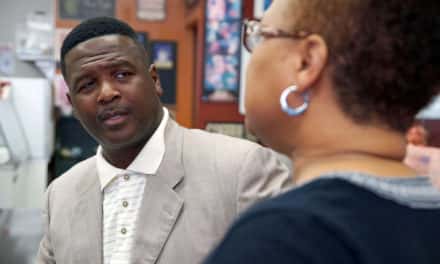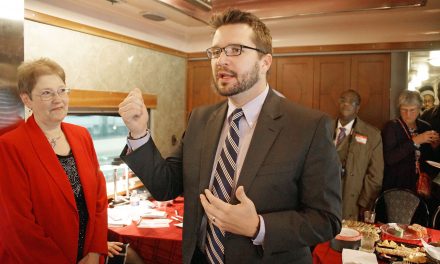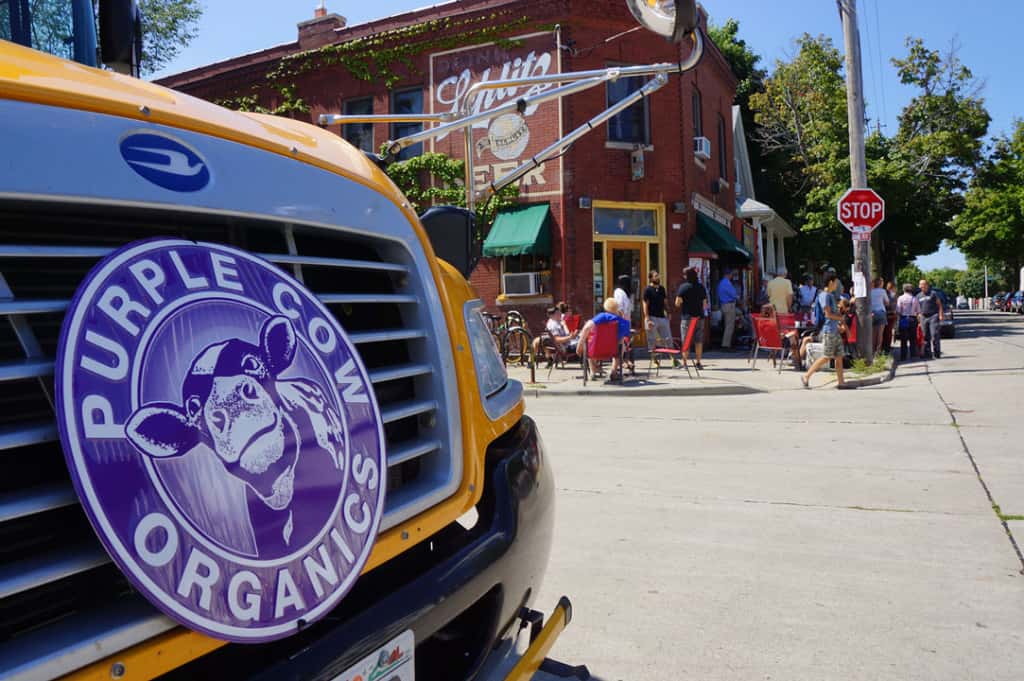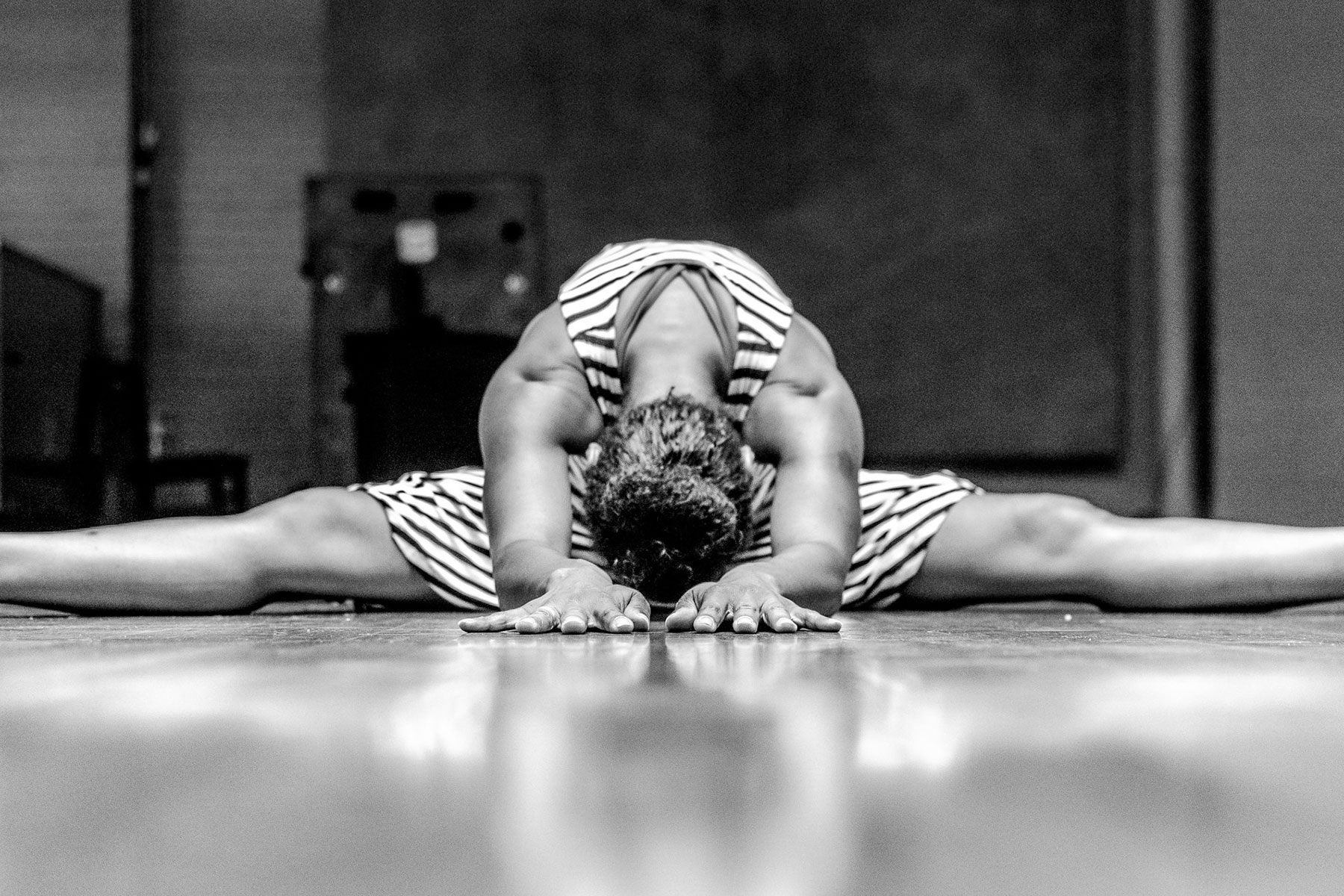
A new grassroots organization called ZIP MKE launched a unique photographic experiment on September 28, 2016.
Between the launch and the end of the year, their core team of six “Zipsters,” as they’re calling themselves, will not only contribute their own photos to an online gallery but also invite residents of the city of Milwaukee to submit photos of people and places that celebrate the beauty and diversity, not the divisions, of the city.
The challenge is to represent each of the city’s 27 zip codes. While they hope that the website gallery will continue to grow, the Zipsters will curate a formal exhibition celebration of select images at a location yet to be determined in early 2017.
The brainchild of ZIP MKE, Dominic Inouye, says his team’s project is unique because “we are crowdsourcing the photos. More than any one small team could amass in a short span of time, the photographs that we archive will come from residents all over the city. The ZIP MKE gallery won’t just be our gallery, it will be your gallery–because it will have come from you.” He recognizes that this project will be different from the prolific work of people like local historian John Gurda, who released his 451-page Milwaukee: City of Neighborhoods book in 2015, or photographic archives like Dear MKE, which tends to feature beautiful shots of downtown and the lake. The ZIP MKE gallery will feature 53224 in the northwest; 53209 near Glendale; 53226, which juts westward between Wauwatosa and West Milwaukee; 53221 near the airport; and, of course, 53202.
He created ZIP MKE, in part, as a response to the officer-involved shooting of Sylville Smith on August 13, 2016, and the violent unrest that followed, but more so because of the language he heard people using when debating about the events, especially on social media. “It’s not like these terms are anything new,” he says, “but I heard with greater, concentrated frequency and fury the dichotomous and divisive terms: ‘city/inner city,’ ‘urban/suburban,’ ‘good neighborhood/bad neighborhood,’ ‘the hood,’ ‘the ghetto.’ That neighborhood. Those people. Black people. White people.” He wanted to create an experience for the city that would help break down geographical and linguistic barriers for people living in every corner.
Tera Greenland, the organization’s Outreach Coordinator, recently joined the team. She says, “ZIP MKE has the potential to bring residents of Milwaukee together and expose this amazing city’s diversity, culture, and strong community spirit.”
Their mission of bringing residents together through images is not setting out to solve the historical racial and economic segregation in the city. “Photos won’t do that. Policies will,” Inouye says. But these disparities are first and foremost in the Zipsters’ lenses, as it will. A recent post to their Facebook page was a March 12, 2016, column from the Milwaukee Journal Sentinel by John Lettieri and Steve Glickman, which notes that “fully two-thirds of the Wisconsin population living in distressed ZIP codes can be found in Milwaukee.”
Throughout the coming months, ZIP MKE will be offering fun challenges to participants and they have plans to create a contest for students, too. Interested photographers, both amateur and professional, who would like to submit photos can visit zipmke.com for submission guidelines and details.
In the end, the goal is to bring the city together–one photo at a time.
About ZIP MKE
ZIP MKE is a grassroots, volunteer organization whose mission is to break down, with photography, the geographical, social, and linguistic barriers that divide communities. ZIP MKE is its pilot program, led by a core team of Zipsters: founder Dominic Inouye of RelevantMilwaukee, Austin Anderson of AA Photography, Mario Sinclair of Humans of Milwaukee, Carol Rice Kraco of Kraco Photography, Bryan Kubel of Good Land News, and Tera Greenland of the Jay Schmidt Group of Keller Williams.

